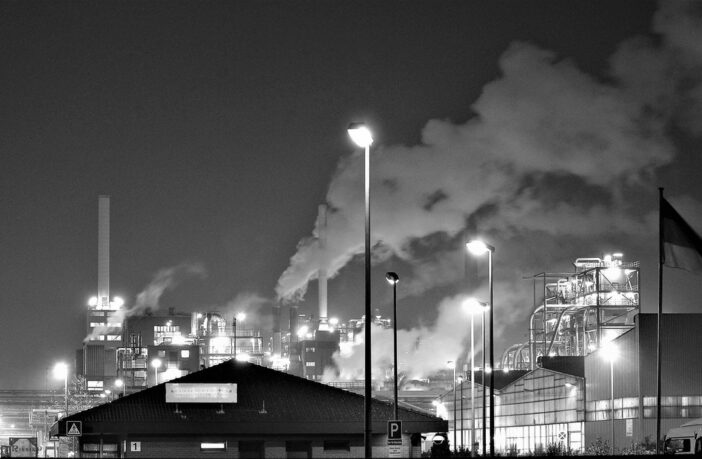Governments across the world have spent big in the battle to keep industries alive during the Covid-19 pandemic. However, a new report from F4B and Vivid Economics and Finance for Biodiversity in the latest edition of the Greenness of Stimulus Index has concluded that only 12% of the cash has gone to industries with a positive impact in the fight against climate change and nature loss.
The Index reveals that, overall, spending on stimulus has been lower than that delivered after the 2008 crash and that the proportion allocated to ‘green’ activities on a global scale has also been significantly lower.
Just $1.8trn of the funding provided by G20 governments has gone directly into low-carbon and nature improvement projects in these sectors or been provided with environmental conditions. However, ($4.6trn) of the cash has been deployed in sectors that could potentially play a major role in the delivery of a more sustainable future, including agriculture, energy, transport, waste management and heavy industry.
The Index also assesses whether governments’ approaches have adopted a more green approach since the start of the pandemic. The US has led the way with President Trump’s $900m stimulus bill in December 2020, which included significant investment in low-carbon public transport and renewable electricity. The emphasis on renewables and the environment has been continued by President Biden who signed an Executive Order in January, that seeks to minimise the negative environmental impacts of all major parts of the economy.
The UK fared reasonably well gaining points for its commitments to stop fossil fuel financing overseas and for an increase in the number of towns and cities striving to reach net-zero before 2050. Canada also rose up the rankings following the announcement to set a legally binding net-zero target for 2050.
“Much more action is required before we can see a truly green post-Covid recovery, but we are encouraged by the leaps in progress in some countries, most notably the US and Canada,” Vivid Economics’ Jeffrey Beyer said.
“The new US administration has signalled a dramatic shift in how climate and nature can be embedded into economic recovery programmes. The US Executive Orders are a model for how regulatory change can create jobs, reduce emissions, and protect nature. But, as the Index shows, good policy is not enough – it must be accompanied by major public investment to catalyse a job-rich, green recovery.”
Photo by Karl Gerber from Pexels




